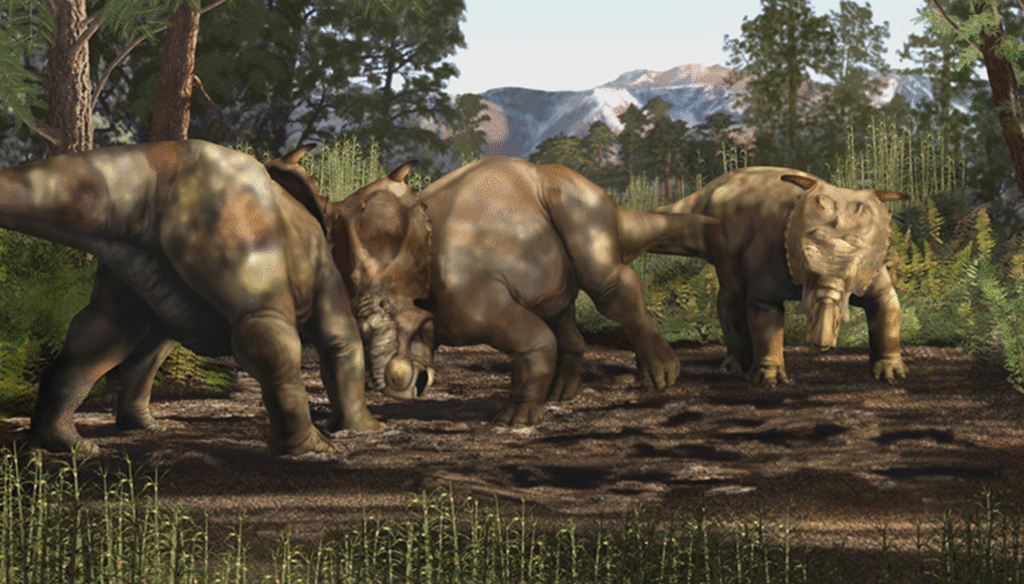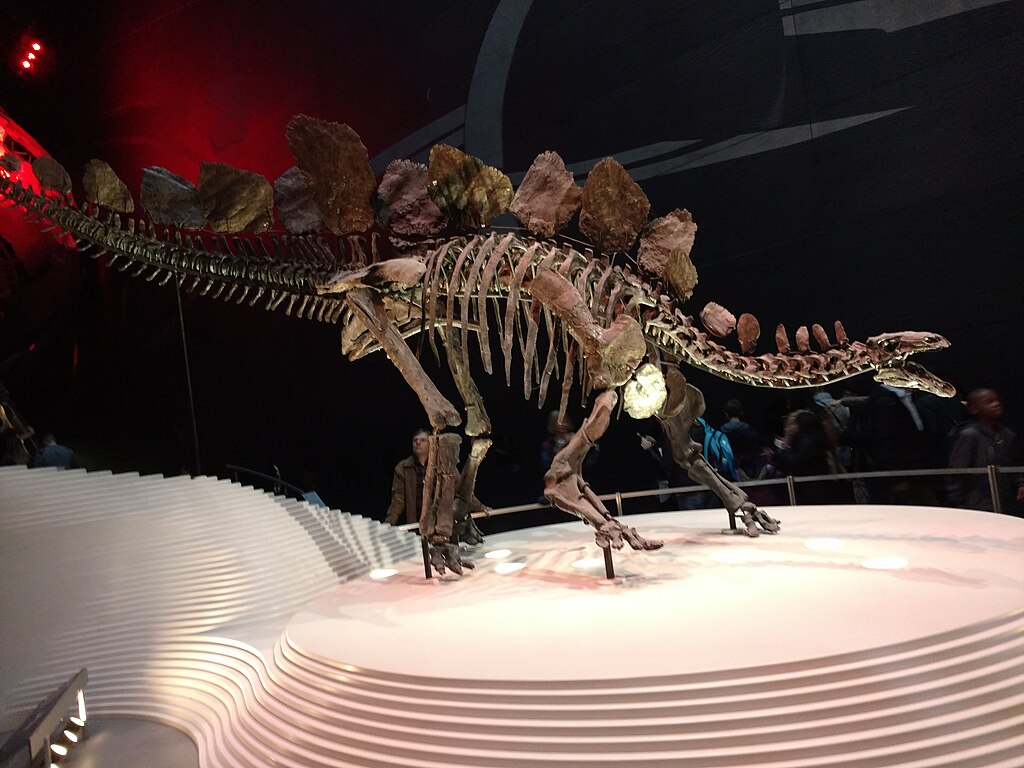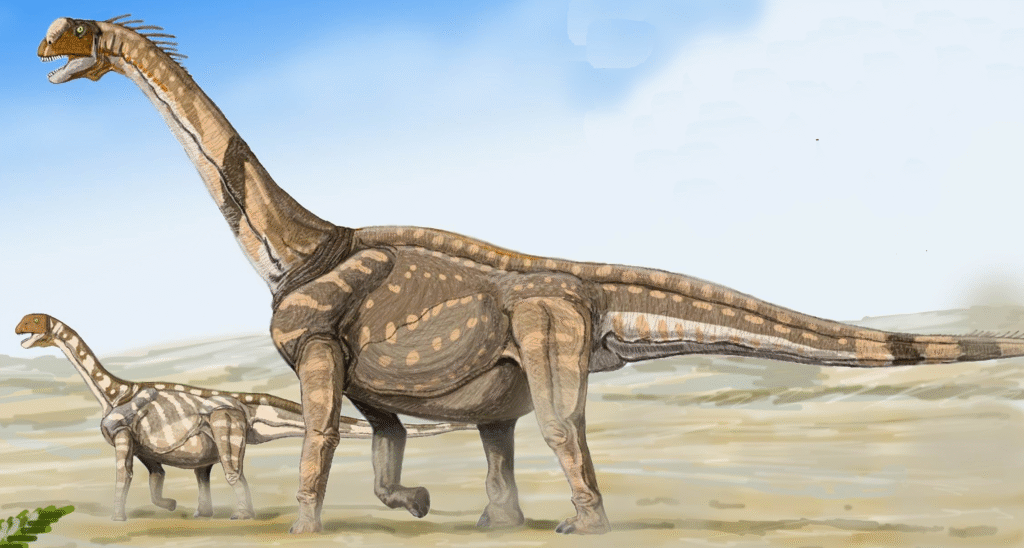How Dinosaurs Challenged Victorian Views on God and Nature
In the heart of Victorian England, beneath the chalk cliffs of Dorset and the muddy quarries of the English countryside, lay secrets that would shake the very foundations of religious certainty. When the first massive bones emerged from ancient rock, few could have predicted that these fossilized remains would ignite one of the most profound ...








